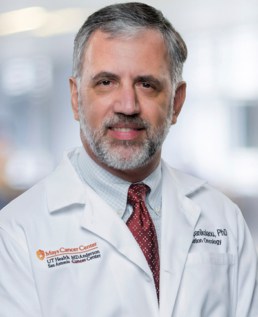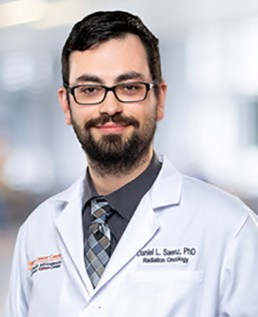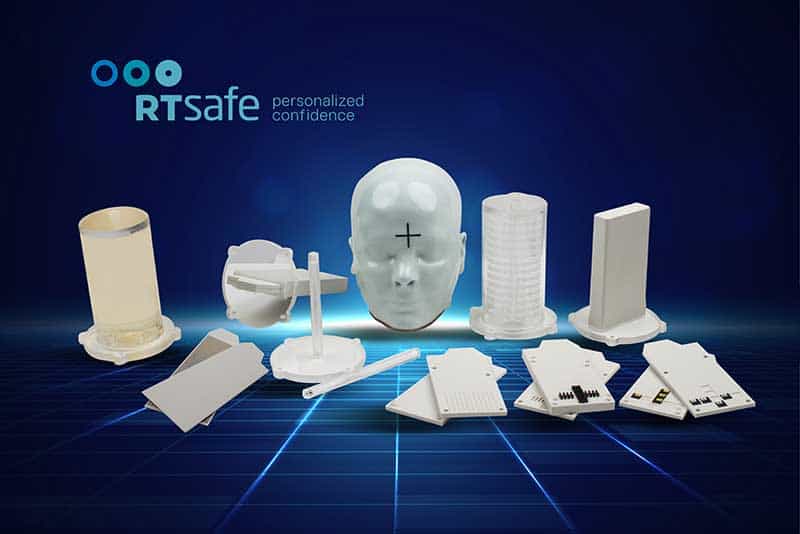Join the audience for a live webinar at 2 p.m. BST/4 p.m. EST on 16 October 2020 to share the results of End-to-End dose measurements for stereotactic radiosurgery quality assurance on a periodic basis
Want to take part in this webinar?
 This webinar will share the results of End-to-End dose measurements for stereotactic radiosurgery quality assurance on a periodic basis. The RTsafe Prime anthropomorphic head phantom was used to verify the accuracy of single isocenter multiple metastases cases simulating each step of the SRS treatment chain. The unique characteristics of the Prime phantom in combination with the option for point, 2D and 3D dosimetry allow for a multilevel evaluation of SRS accuracy from imaging to dose planning and delivery.
This webinar will share the results of End-to-End dose measurements for stereotactic radiosurgery quality assurance on a periodic basis. The RTsafe Prime anthropomorphic head phantom was used to verify the accuracy of single isocenter multiple metastases cases simulating each step of the SRS treatment chain. The unique characteristics of the Prime phantom in combination with the option for point, 2D and 3D dosimetry allow for a multilevel evaluation of SRS accuracy from imaging to dose planning and delivery.
The webinar, presented by Niko Papanikolaou and Daniel Saenz will cover:
- Periodical End-to-End QA.
- Verification of stereotactic radiosurgery accuracy.
- Implementation of real 3D dosimetry.
- Characteristics of Prime anthropomorphic phantom.
Want to take part in this webinar?

Niko Papanikolaou is a professor of radiation oncology and radiology at the University of Texas Health Sciences Center San Antonio. He also serves as the chief of the division of medical physics and the director of the doctorate programme in medical physics at the Graduate School of Biomedical Sciences. Dr Papanikolaou has contributed to more than 600 peer-reviewed research papers that have been published either as journal manuscripts or conference proceedings. He is a fellow of the American Association of Physicists in Medicine, the American College of Medical Physics and the American College of Radiology. His clinical and research interests are in the areas of dose calculation and optimization, image-guided radiotherapy, stereotactic and adaptive radiotherapy, and radiobiological modeling of radiation treatments.

Daniel Saenz is a medical physicist at Mays Cancer Center at the University of Texas Health Science Center at San Antonio. He earned his PhD in medical physics at the University of Wisconsin-Madison focusing on MRI-guided radiation therapy. Today, his research focuses on stereoscopic radiosurgery and radiotherapy operations in radiation oncology including image guidance for lung SBRT as well as single-isocenter multiple-target SRS.
